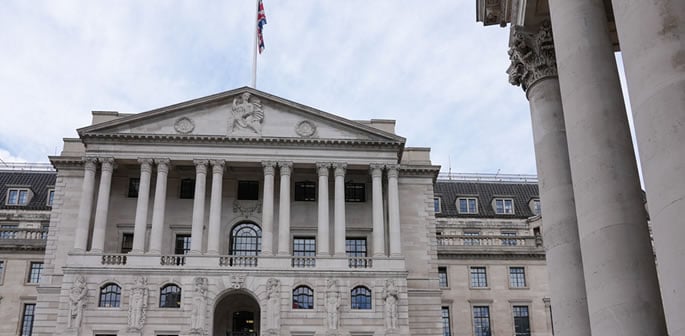What will ‘Digital Pounds’ mean for Banks in England?

these digital assets are produced by private businesses.
A Central Bank Digital Currency (CBDC) scheme has been created in England.
A digital pound would function essentially like an electronic form of money that could be used for regular transactions.
Although it wouldn’t accrue interest like a typical savings account (or even certain current accounts), it may widen access to financial services in the UK.
Several broad operating guidelines for a digital pound have been offered by the Bank of England.
It has proposed an ambitious schedule for deploying one by 2025.
The general public has until June 7, 2023, to provide feedback on the bank’s strategy.
A UK CBDC’s ability to succeed will primarily depend on whether the advantages of providing a digital currency offset the expenses of developing and implementing the infrastructure required to support the new payment system.
CBDCs have several obvious advantages, including promoting financial inclusion by making it simpler for the 1.2 million people in the UK who lack bank accounts to sign up for banking services.
Government “fiscal transfers” like giving tax breaks or assistance payments to individuals and companies may be made via online wallets that would store people’s digital pounds.
Yet the present Bank of England plan also poses some difficulties regarding a digital pound, in particular, whether or how it may coexist with other digital currencies like cryptocurrency assets.
While the bank offers several models, generally speaking, this might assist lower systemic risk in the cryptocurrency industry and broaden the range of available financial services for UK clients.
Stablecoins are expressly mentioned in the Bank of England’s CBDC consultation document.
Unlike traditional money, which is issued by the government, these digital assets are produced by private businesses.
In addition, unlike virtual currencies like bitcoin, the value of a stablecoin is tied to a reliable asset, such as the US dollar or British pound. But what about a digital pound?
Will Digital Currency affect Cryptocurrencies?
The cryptocurrency sector may gain from digital currency.
At the moment, stablecoins are handled by unregulated, unaudited private banks or organisations.
But, a stablecoin backed by a virtual pound in a holding account with the central bank would be considerably more open and reliable.
The stablecoin suppliers’ reserves might be periodically audited by the central bank.
Moreover, lawmakers might set capital restrictions, such as requiring a certain proportion of issuers’ reserves to be held in an account with the central bank.
Extreme capital requirements might have an impact on stablecoin profitability, though, thus there is a trade-off.
As they are frequently tied to interest-bearing assets like Government bonds, they can profit from their holdings, or the assets used to back the stablecoins they create.
On the other hand, a stablecoin issuer backed by digital pounds would be unlikely to get interest on its central bank account.
The Bank of England is unlikely to grant a stablecoin provider the same type of account as it does a normal bank, which has reserve accounts with the central bank that earn the base rate.
Being governed by the same rules would involve this, which would have an impact on the freedom that crypto asset producers often cherish.
The systemic problems with this kind of crypto asset might be addressed by stablecoins backed by a digital currency kept at the central bank.
Stablecoins have experienced a value decline during the past year.
Usually, this occurs when a market event drives investors to hurry to redeem their shares, and the issuer has trouble completing so many withdrawals at once.
To guarantee they have the money to handle withdrawals while preserving the coin’s value relative to the digital pound, issuers need to retain a specific percentage of liquid digital currency reserves with the central bank.
Also, a central bank may offer insurance to stablecoin users to secure their holdings to a certain extent even if an issuer bankruptcy did occur.
Digital assets and stablecoins may coexist and even benefit from one another, just like currency and bank accounts may.
A digital pound might also highlight the expanding significance of private money in the economy.
This would promote financial inclusion while also aiding in the improvement of financial system security.